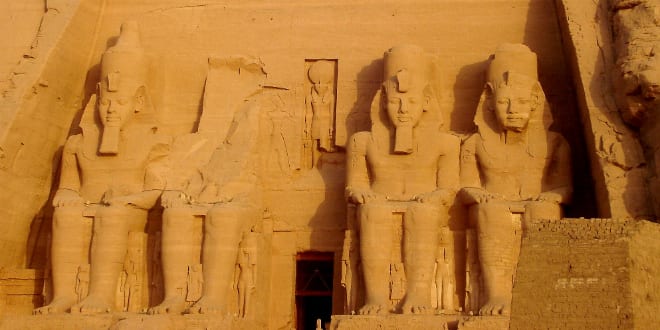German and Egyptian archaeologists discovered a massive statue of what they believe is the Ramses II, often depicted in pop-culture as the Pharaoh who ruled when God brought the Jews out of slavery.
The archaeologists found the 26-foot tall statue made from quartzite, depicting what they believe is Ramses II in groundwater in an east Cairo slum near the ruins of Ramses II’s temple in the ancient city of Heliopolis. Also known as Ramses the Great, he was the third of the Nineteenth Dynasty of Egypt and ruled from 1279 to 1213 BCE.
“We found the bust of the statue and the lower part of the head and now we removed the head and we found the crown and the right ear and a fragment of the right eye,” Khaled al-Anani, Egypt’s antiquities minister,told Reuters.
The expedition also found the upper part of a life-sized limestone statue of Pharaoh Seti II, Ramses II’s grandson, that is 80 centimeters long. The sun temple in Heliopolis was founded by Ramses II, lending weight to the likelihood the statue is of him, archaeologists say.
Ramses II lived to be ninety-six years old, had over 200 wives and concubines, ninety-six sons and sixty daughters, most of whom he outlived.
Although he is regularly associated with the pharaoh from the biblical Book of Exodus there is no historical or archaeological evidence for this whatsoever. This perception of him as the nemesis of Moses was set forward by popular culture, most notably in the classic Cecil B. DeMille film The Ten Commandments in 1956, as well as the more recent animated film Prince of Egypt in 1998. There is no archaeological evidence for this, nor is it consistent with details in the Biblical account.
Alfred Edersheim proposes in his “Old Testament Bible History” that Thutmose II is best qualified to be the pharaoh of Exodus based on the fact that he had a brief, prosperous reign and then a sudden collapse with no son to succeed him. In their documentary film and book, Patterns of Evidence, David Rohl and Tim Mahoney suggested a timeline for the Exodus, which would establish Dedumose II, who died in 1690 BCE, as the Pharaoh of the Exodus.




